2021 has been a banner year for Xiaomi as it seems like the company can do no wrong as it continues to release more phones than we can keep up with. A lot of the success experienced over the past year can be attributed to budget-minded devices like the company’s POCO brand, along with the Redmi lineup. Which brings us to the new Redmi 10, which was announced back in in the beginning of August, before being released at the tail-end of the month. So how does Xiaomi’s latest budget phone perform, and is it worth your consideration?
Xiaomi Redmi 10 Review: Specifications
| Xiaomi Redmi 10 | |
|---|---|
| Price | From $179 |
| Screen size | 6.5-inches |
| Resolution | 2400 x 1080 |
| Density | 405 ppi |
| Processor | MediaTak Helio G88 |
| RAM | 4 / 6 GB |
| Storage | 64 / 128 GB |
| Battery | 5,000 mAh |
| OS | Android 11 / MIUI 12.5 |
| Rear camera | Quad cameras: 50MP, f/1.8, PDAF (main) 8MP, f/2.2, 120˚ (ultra-wide) 2MP (macro) 2MP (depth) |
| Front camera | 8MP, f/2.0 (wide) |
| Bluetooth | v5.1 |
| NFC | No |
| Dimensions | 162 x 75.5 x 8.9 mm |
| Weight | 181g |
| Water Resistance | N/A |
| Wireless Charging | No |
| Special features | Dual SIM, 18W fast charging, 9W reverse wired charging, side-mounted fingerprint scanner, 3.5mm headphone jack, 90Hz refresh rate, |
Xiaomi Redmi 10 Review: What We Like
It’s not everyday where a budget phone lands on our desks that looks and feels more like a flagship. But that’s exactly what Xiaomi has managed to do with the Redmi 10. The unit we received is the “Sea Blue” color, which looks absolutely phenomenal when you take it out of the box. Unfortunately, you won’t find a matte finish here, so the Sea Blue turns into a sea of fingerprints within 10 seconds of unboxing.
In the hand, the Redmi 10 feels like a tank. It’s definitely a hefty phone but that left us feeling like it would be able to withstand drops. It also helps that Xiaomi didn’t make the phone too overly heavy, as it just sits comfortably in the palm of my hand. The entire design is made from plastic, which may put some folks off, but it’s just one of those things you should come to expect with a phone priced at under $180.
We really wish more smartphone makers would adopt the dual-fingerprint scanner / power button combination. And Xiaomi’s implementation just drive this point home even more, as it’s faster and more reliable than any in-screen fingerprint reader could offer at this price point.
This next bit requires a bit of tiptoeing, and you’ll understand why a little bit later. It’s not unheard of to see a phone under $200 released with a fast refresh rate, and Xiaomi has done that with the 90Hz display on the Redmi 10. It’s not enabled by default out of the box, but you can manually force the faster refresh rate in the settings. And as much as we would have liked to see a variable refresh rate, that’s just not going to happen at this price.
And if you’re worried about battery life suffering because of the switch from 60Hz to 90Hz, you should just put those concerns to bed. The Redmi 10 is an absolute monster when it comes to battery life, regularly lasting me at least a day and a half with room to spare before getting prompted to juice it up. Standby time was also pretty incredible, as I would just use the Redmi 10 on Wi-Fi and leave it sitting on my desk, where it lasted for about 5 days before needing to be recharged.
Rounding out what we liked about the Redmi 10, Xiaomi has done some pretty solid work with the camera system here. There are a total of four cameras on the back, including the dreaded 2MP macro and depth sensor combination. But the main sensor makes up for those in a lot of ways with its 50MP sensor that was pretty great, and an 8MP ultrawide that was less great, but still good.
Xiaomi Redmi 10 Review: What We Don’t
It seems that every other time a Xiaomi phone hits my doorstep, I’m met with a different experience. The Redmi 10 uses MIUI 12.5 based on Android 11, which isn’t much of a surprise. However, the software itself is just simply frustrating. Xiaomi has placed ads where it can, including the “app scanner” that even scans applications downloaded from the Play Store. I’m convinced this is only being integrated into the software in an effort to display as many ads to you as possible. Luckily, this can be turned off, but truthfully, I shouldn’t have to do that as the apps downloaded from the Play Store really shouldn’t be scanned.
Speaking of the interface, it’s clear that there’s a bit of a bottleneck in the performance department with the MediaTek Helio G88 chipset. Looking back at all of the phones that we’ve tested in the last few months, the Redmi 10 is firmly planted at the bottom of the list.
Here are the results from our benchmark testing:
- Geekbench:
- Single-core: 373
- Multi-core: 1348
- 3DMark Wild Life: 721
- 3DMark Wild Life Stress Test:
- High: 724
- Low: 721
- Stability: 99.60%
The problems are obvious whenever you try and speed around your phone, switching between apps or trying to do anything faster than at a brisk pace. The UI itself will just lag as it tries to understand your inputs, and games took quite some time to load.
Moving onto the display, it’s great to see the use of a 90Hz refresh rate with the Redmi 10, but the LCD panel just isn’t good. Nothing really looks crisp on the screen, and it’s just not enjoyable to stare at throughout the day, even when doom-scrolling Twitter. Of course, you have to take this with a grain of salt just because of the market Xiaomi is trying to reach, but we know that Xiaomi can provide better panels so this gets chalked up as a disappointment.
I’m not going to sit here and beat my chest about the inclusion of the 2MP depth and macro sensors. That’s been done far too many times, and it’s obvious that smartphone makers don’t care because a $200 phone can be advertised and marketed as having four cameras. Plus, the 50MP main lens and 8MP ultrawide make up for those other two sensors, so it’s not as big of a deal.
My final gripe with the Redmi 10 has to do with the charging speeds. Xiaomi is one of the companies that is pushing the envelope when it comes to providing faster wired and wireless charging for flagship phones. And the 5,000mAh cell in the Redmi 10 is a beast. But when it takes hours to recharge because of the 18W charging speeds, I’m just left scratching my head and twiddling my thumbs until the phone is juiced back up. It’s cool that Xiaomi included 9W reverse wired charging, but that doesn’t matter as much as putting even 35W wired charging into the phone.
Xiaomi Redmi 10 Review: Final Thoughts
If there’s ever been a phone that quantifies the term “mixed bag”, it’s the Xiaomi Redmi 10. On one hand, we have a well-built design coupled with solid primary and secondary cameras, and extras like expandable storage and the embedded fingerprint scanner in the power button. Plus the Sea Blue colorway just looks great, again, as long as you wipe your phone clean every time you touch it. Then, there’s the incredible battery life offered courtesy of the 5,000mAh cell that doesn’t take much of a hit even with 90Hz enabled.
But on the other hand, the LCD display is just disappointing, the 18W “fast” charging feels like a joke with a battery of this size, and the UI lags every chance it gets. Throw in ads pretty much everywhere you turn and it’s easy to understand why this may not end up being as popular as it could be. Yes, I know it’s priced at just under $200 so what more can I expect? Well, from a company like Xiaomi, I expect a lot more as we’ve seen some pretty great phones released in just the last year.
Should you buy the Redmi 10? If you’re looking for a phone at this price, it’s definitely worth consideration. However, don’t forget about competing devices like the Nord N200 5G, which is around $40 more. And there’s Xiaomi’s own Poco M3 Pro which comes around the same price, while sporting MediaTek’s Dimensity 700 chipset. So definitely weigh your options before making a decision.
Xiaomi Redmi 10 Rating: star_fullstar_fullstar_fullstar_75star_empty (3.75 / 5)
The Good
- Fantastic Battery life
- Hefty and comfortable design
- 50MP main lens is pretty good
- Under $200
The Bad
- Bottlenecked performance
- 2MP Depth and Macro sensors
- Software experience is lackluster
The Bottom Line
The Xiaomi Redmi 10 is a solid all-around phone that’s worthy of consideration given its sub-$200 price point and the inclusion of things like a big battery and great 50MP main camera. But software and performance may not meet your needs, and you’ll have to wait a long time to recharge the battery.

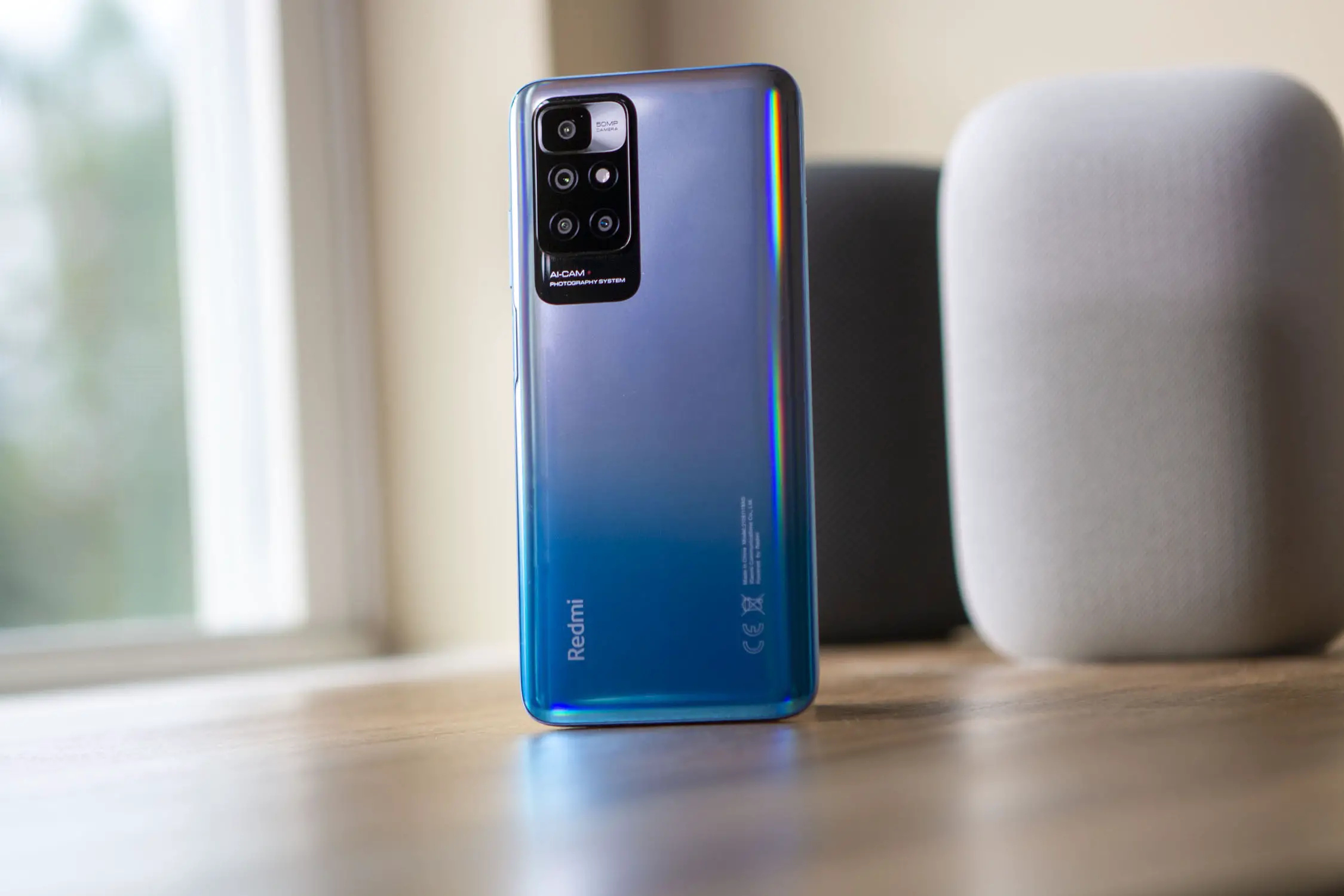
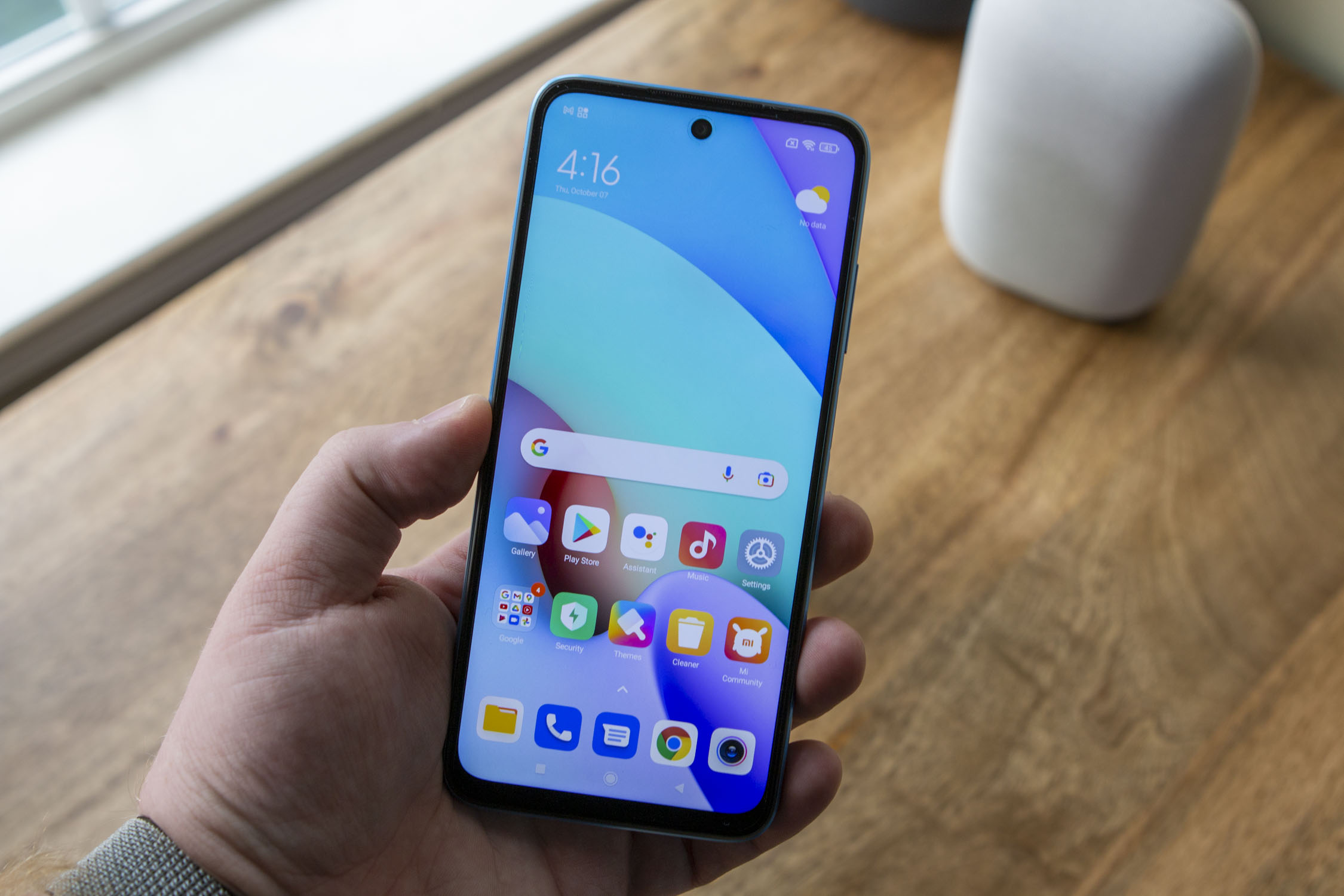
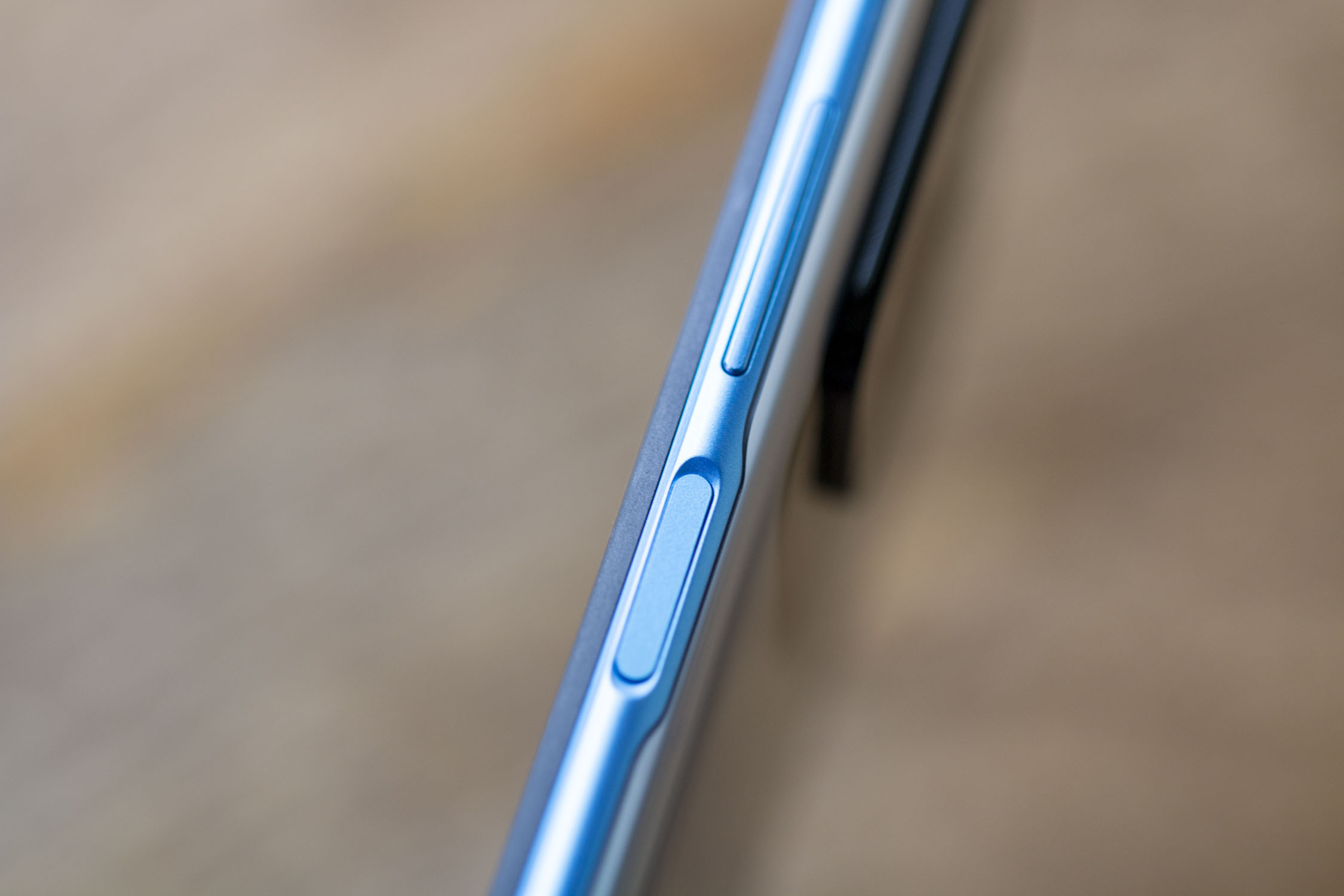
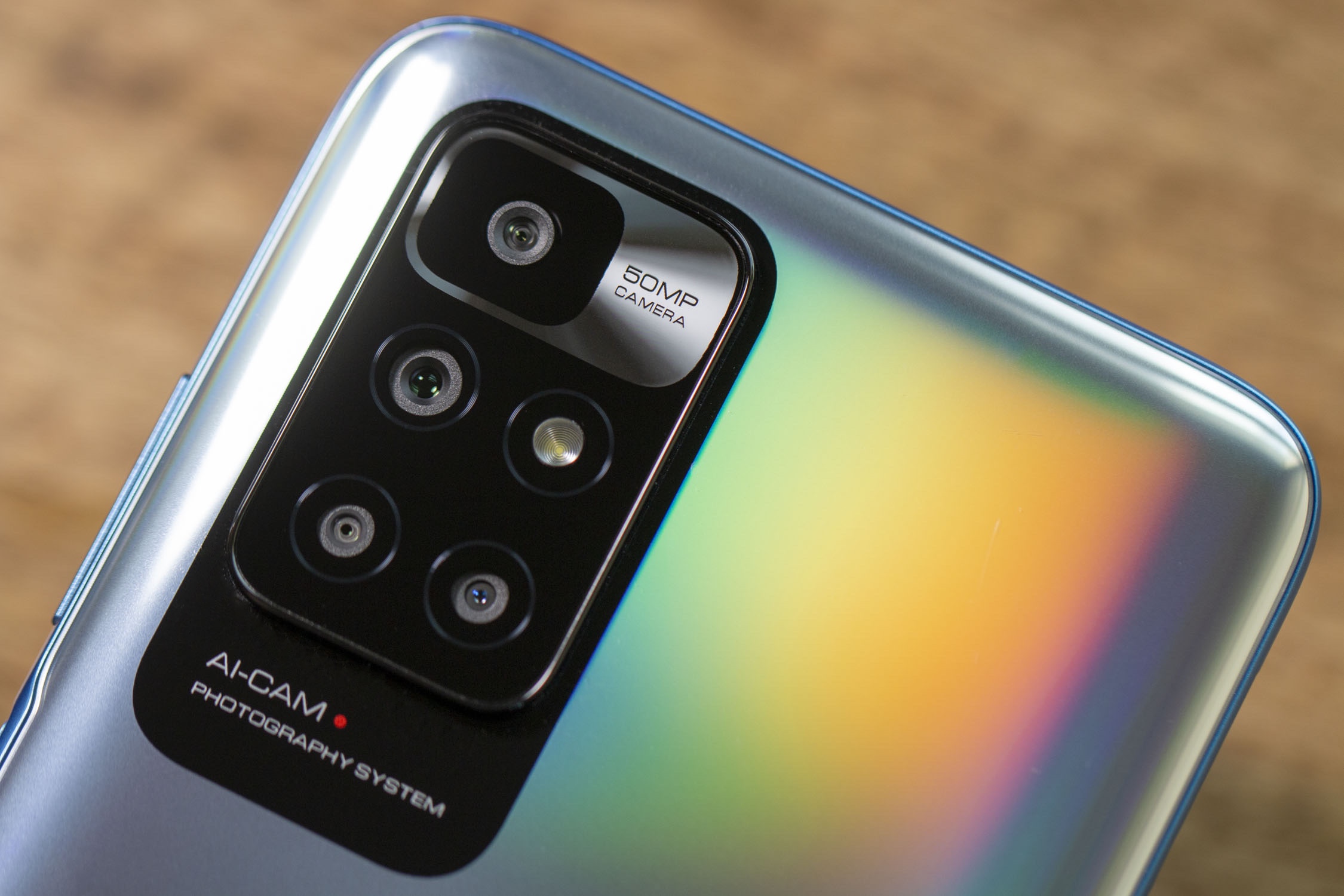












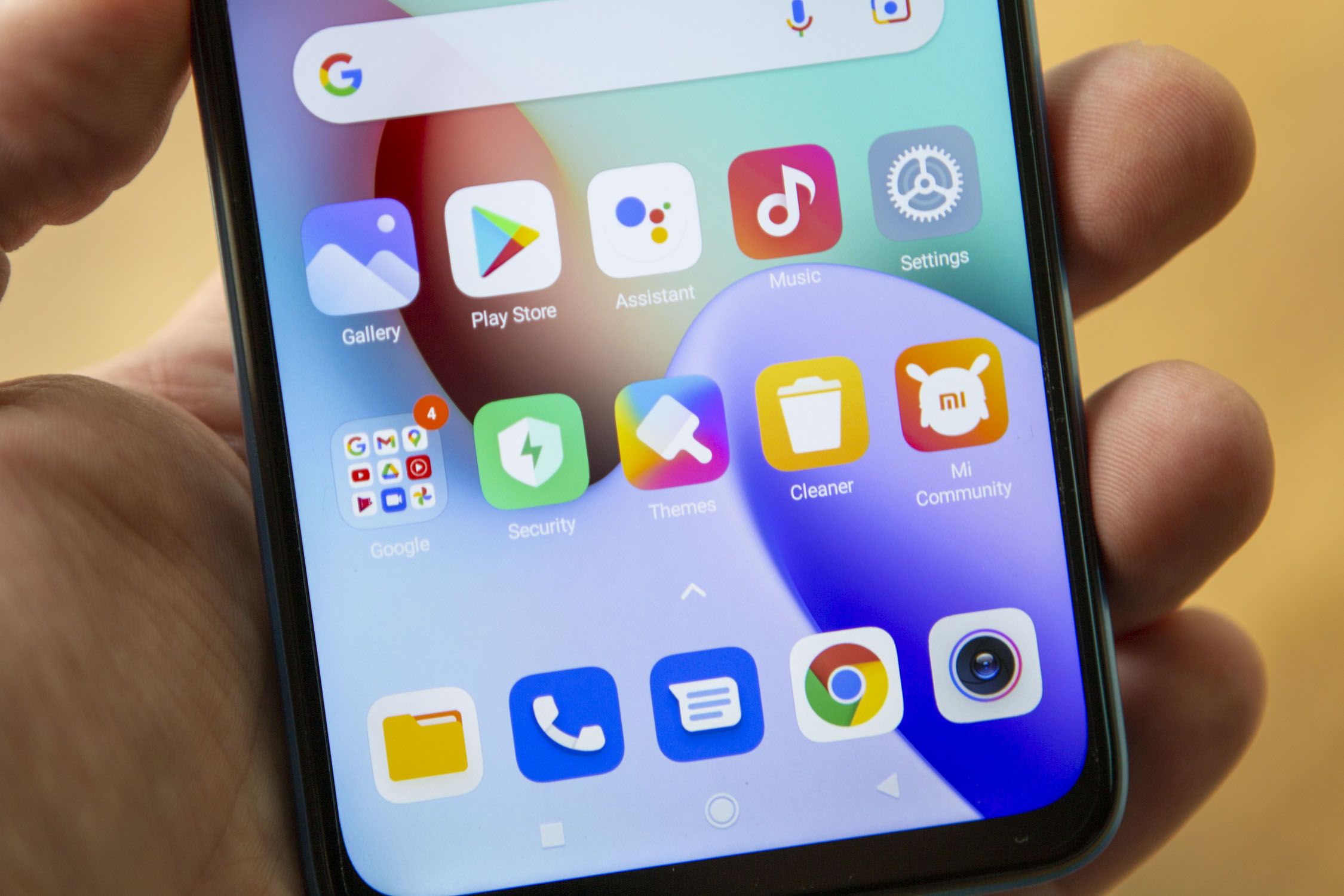
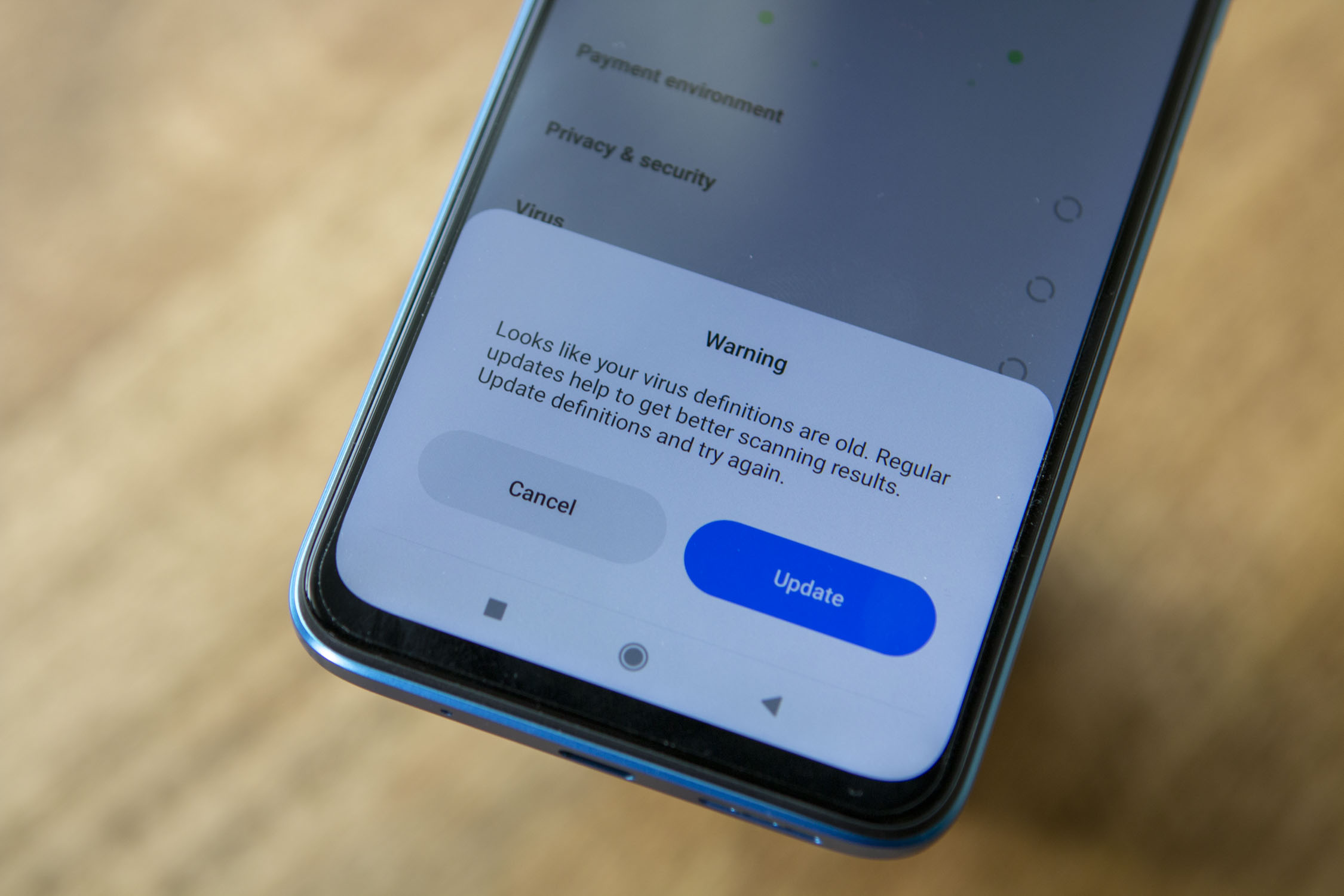
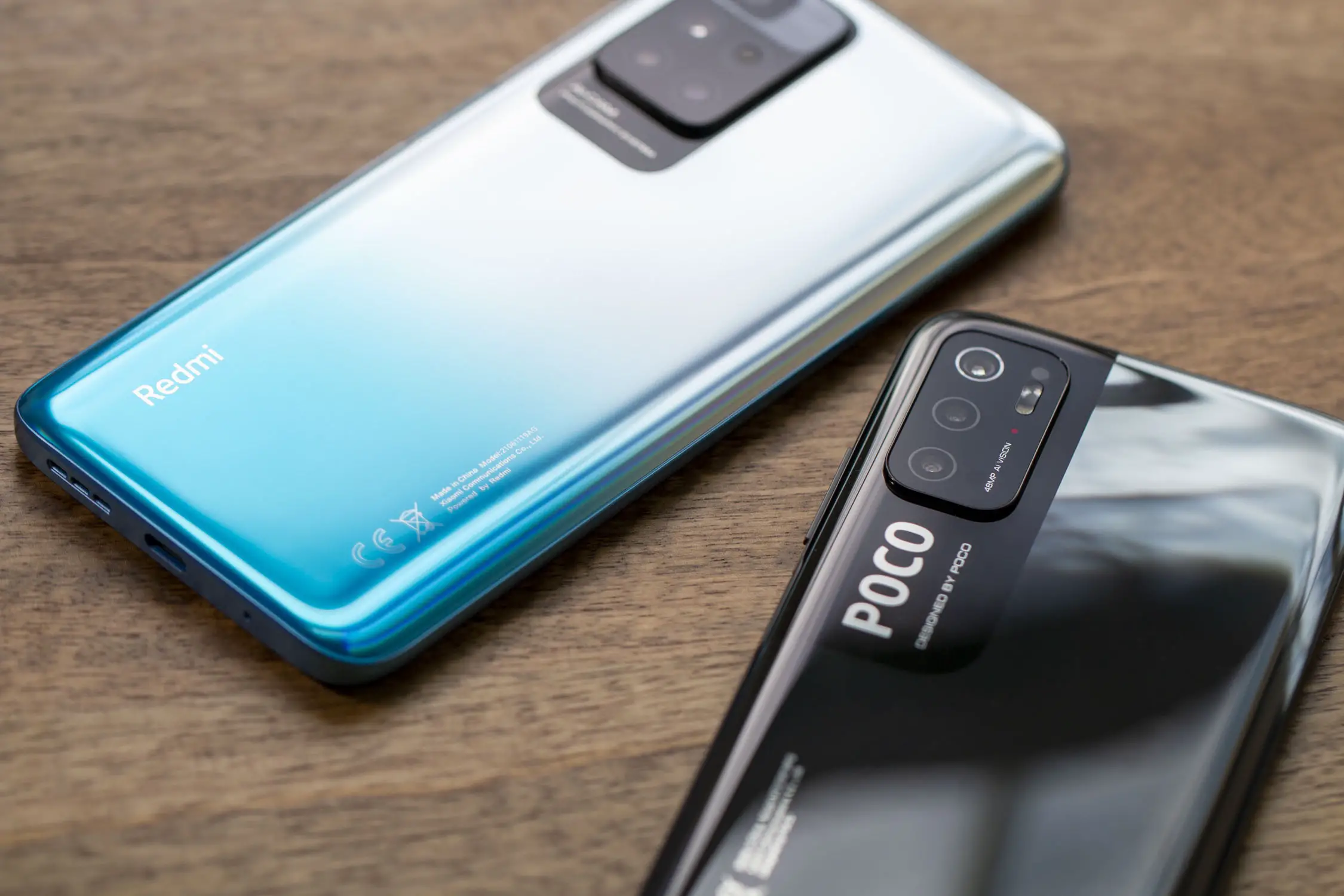








Comments